
Remember your first username? If you were anything like me in the early 2000s—too young to surf the web but excited about the possibilities of connecting with the rest of the world—your username probably makes you cringe today.

Remember your first username? If you were anything like me in the early 2000s—too young to surf the web but excited about the possibilities of connecting with the rest of the world—your username probably makes you cringe today.
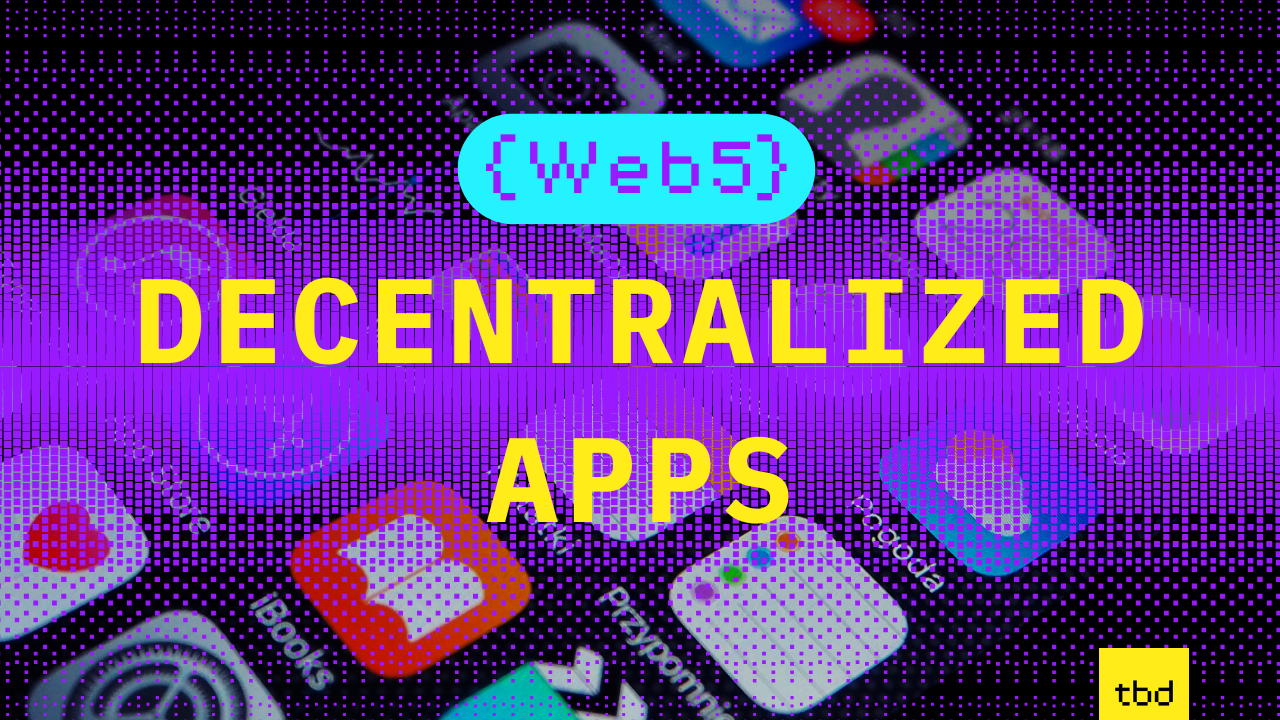
When blockchain technology was first introduced a decade and a half ago, it made the possibility of a decentralized web seem viable to a mass audience. Since then, blockchains have proven themselves to be a poor solution to the majority of data storage problems outside of bearer assets - i.e. Bitcoin - because blockchains grow continuously without any ability to delete data, which just doesn’t make sense for things like personal data. But ‘blockchain’ isn’t synonymous with decentralization, and just because a blockchain isn’t the best solution for personal data storage doesn’t mean your app can’t be decentralized.
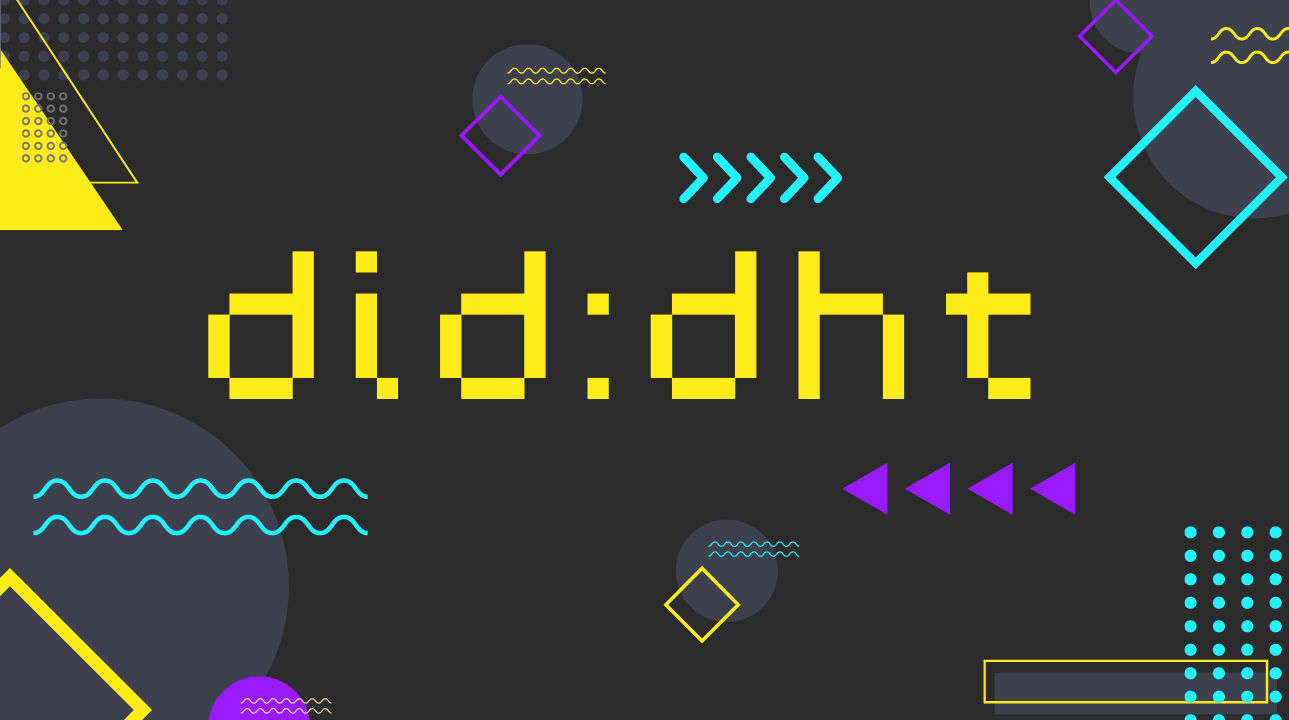
Digital identity shapes every facet of our online interactions. The quest for a system that balances decentralization, scalability, security, and user experience has been relentless. Today, I'm thrilled to share that TBD has birthed a new solution: the DID DHT method. This leap forward is not just a technical achievement; it's a foundational component for the more inclusive and trust-based digital world we want for tomorrow.
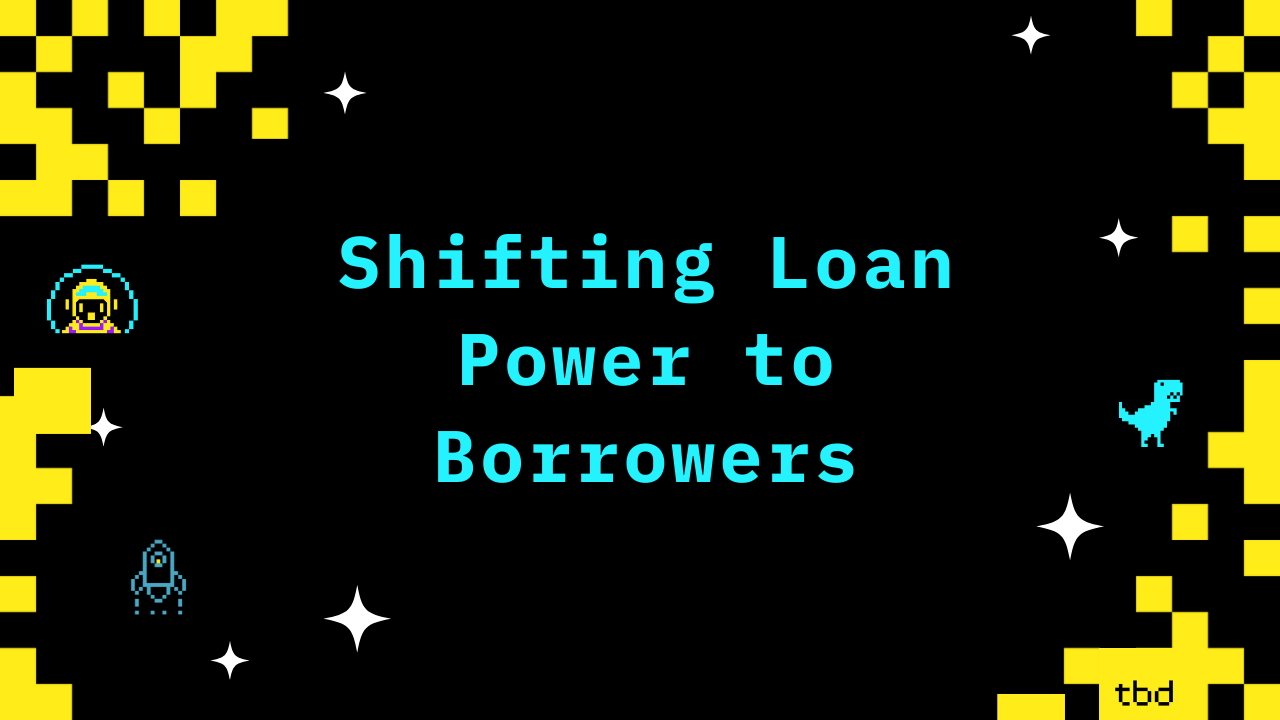
"Our current credit system says, 'Saddle yourself, so we can give you more to saddle.'" Eric Lapin, President of FormFree, stated during a recent TBD live stream. His comment sheds light on a fundamental paradox of the U.S. credit system: it often requires you to accumulate debt as a prerequisite for obtaining loans, leading to more debt. This systemic issue is underscored by recent data from the Federal Reserve Bank of New York, which reveals that 1 in 5 applicants for mortgages, car loans, or other types of loans were rejected — the highest rate in five years. This trend disproportionately impacts Black and Latino applicants. Guided by their slogan, 'Democratizing lending for all people without bias,' FormFree developed a platform built with Web5 and AI to address these issues.
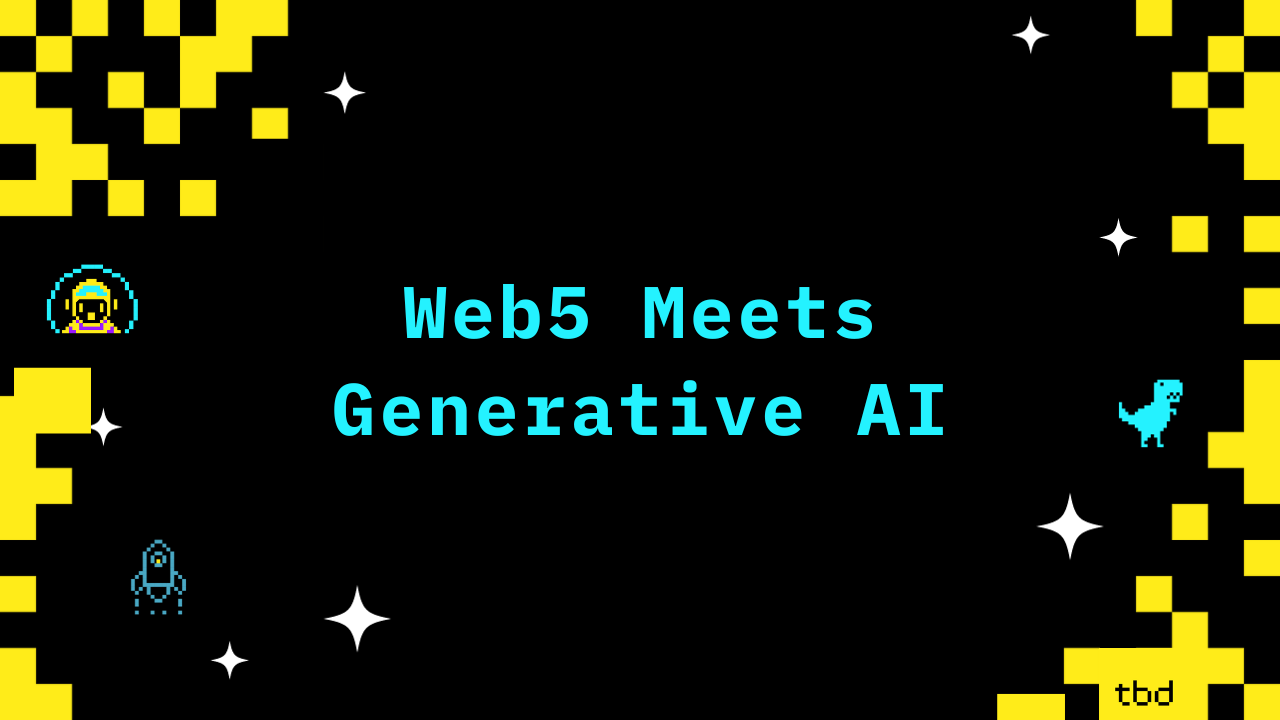
"What can you actually build with Web5?" This is one of the most common questions I've heard as I enter my two-month mark at TBD. It's one thing to discuss the theoretical aspects of Web5, with its focus on decentralization and user empowerment, but it's another to see tangible, innovative applications come to life. This is why builders, visionaries, and project maintainers at TBD are excited to showcase Netonomy, a Web5 project built by Anthony DeMattos.

In today’s age of social media dominance, our online identities have become integral to both our personal lives and professional endeavors. From connecting with friends and family to building brands and businesses, platforms like Twitter and Instagram have given us the power to create digital personas that resonate with others where your user handle serves as a unique identifier in the digital world.
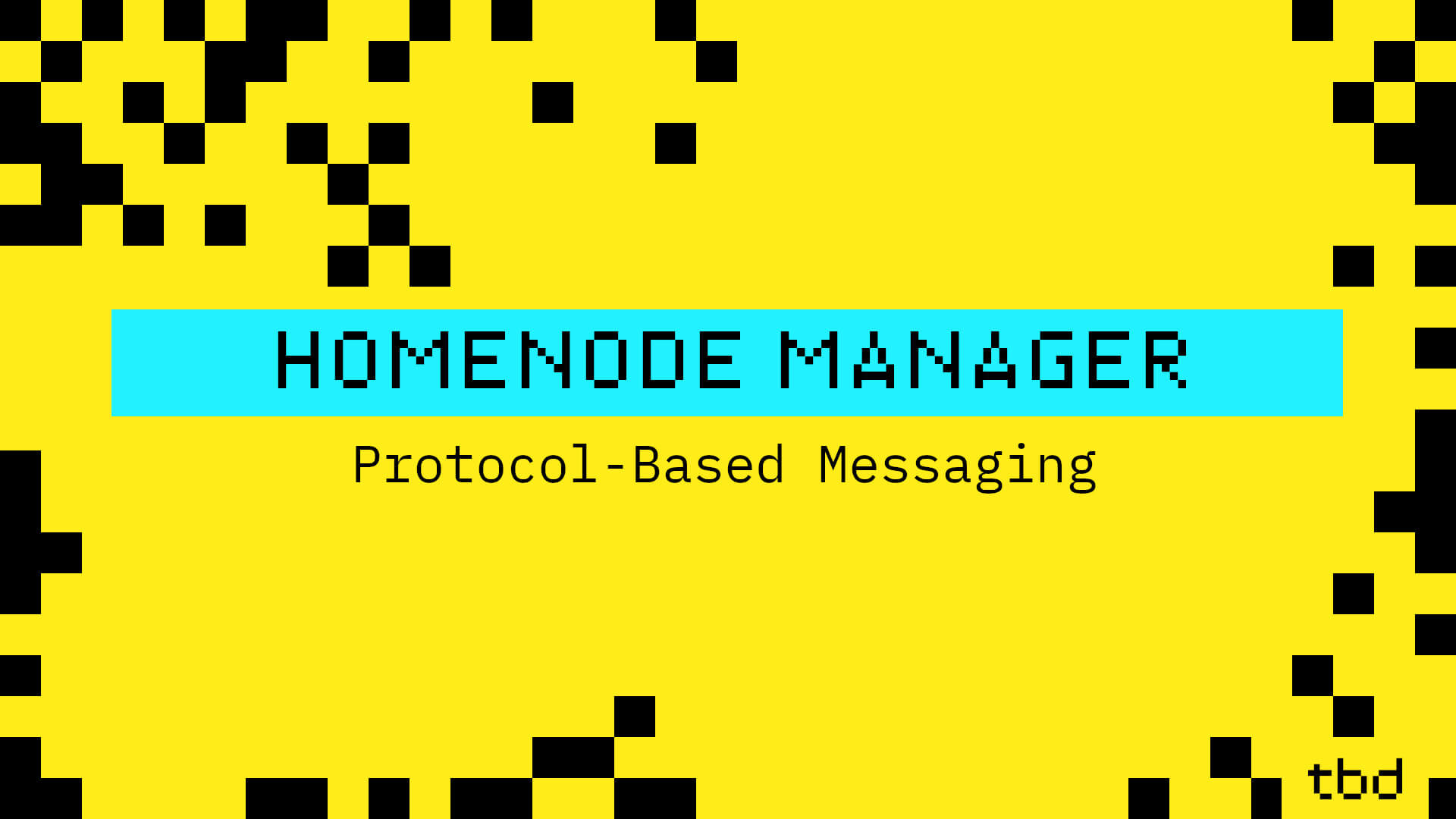
I wanted to learn more about how Web5 (and SSI in general) works and the benefits it could offer. To do this I created a simple project to create and store DIDs, and use them to read and write to a DWN using a protocol.
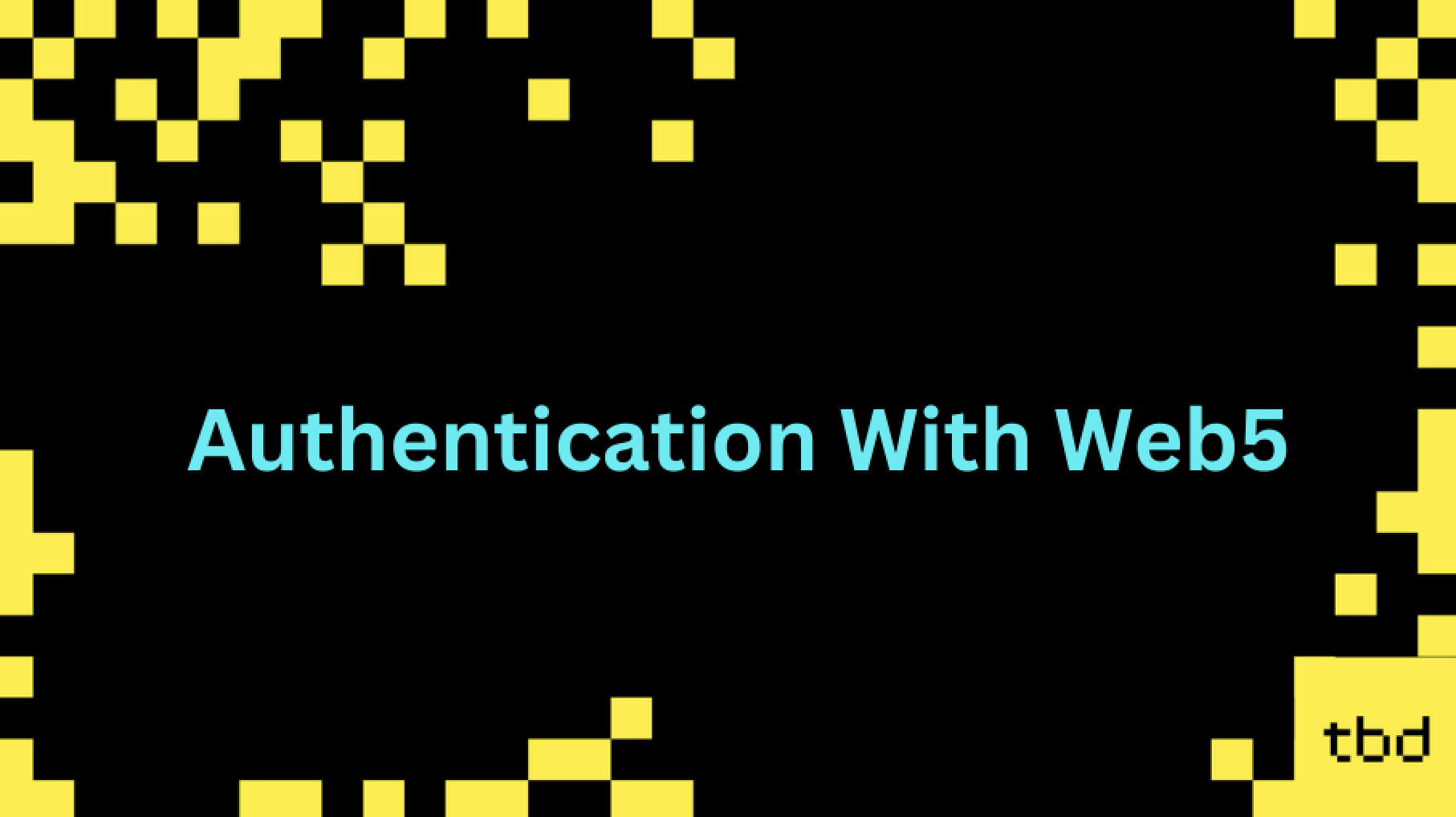
With the emergence of Web5 comes the exciting possibilities for individuals seeking more control over their online identities, data and content. With Web5, traditional authentication methods are no longer the sole means of verifying identity and ownership. Instead, users can leverage Decentralized Identifiers (DIDs) to establish their digital presence while retaining full control over their data. Let's explore how this revolutionizes authentication and content ownership as we know it.
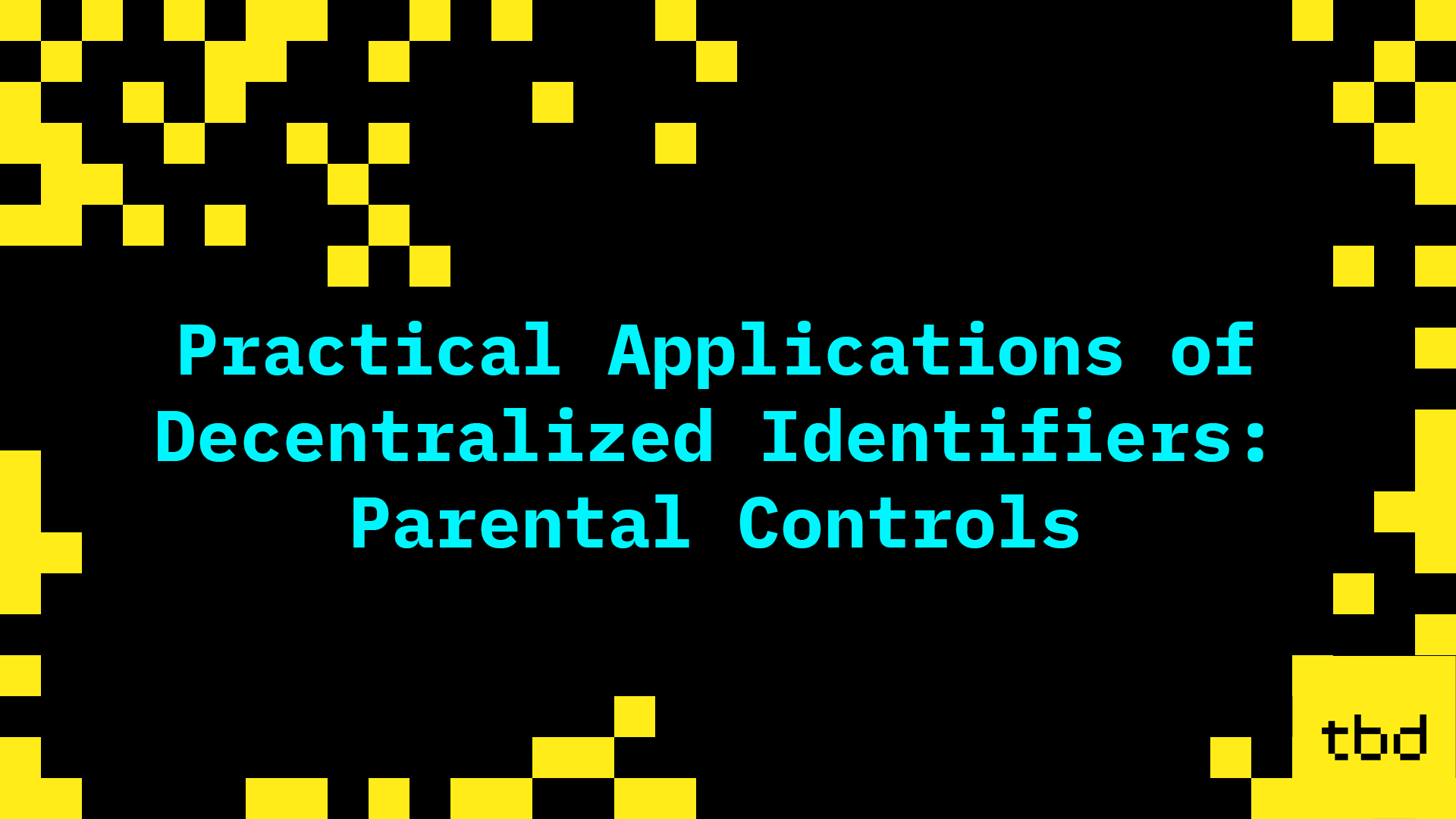
Recently on the blog we talked about why decentralized identifiers (DIDs) are a practical solution to real problems. In that post we discussed some high-level concepts behind how and why DIDs could solve many of the identity and data problems we face today, but today let’s dive deep on a specific problem set DIDs could solve: parental controls and minors’ digital security.
It’s an inescapable reality for parents today that their kids will be online. There’s no avoiding the reality that minors are going to consume a diverse array of content and interact with others on the internet, but parents do want to have a say in what’s put in front of their children. Digital safety is already incorporated by some services - such as Netflix - and platforms - like iOS - but universal parental controls and safety monitoring don’t presently exist. That could change, however, via DIDs and a concept known as DID controllers.
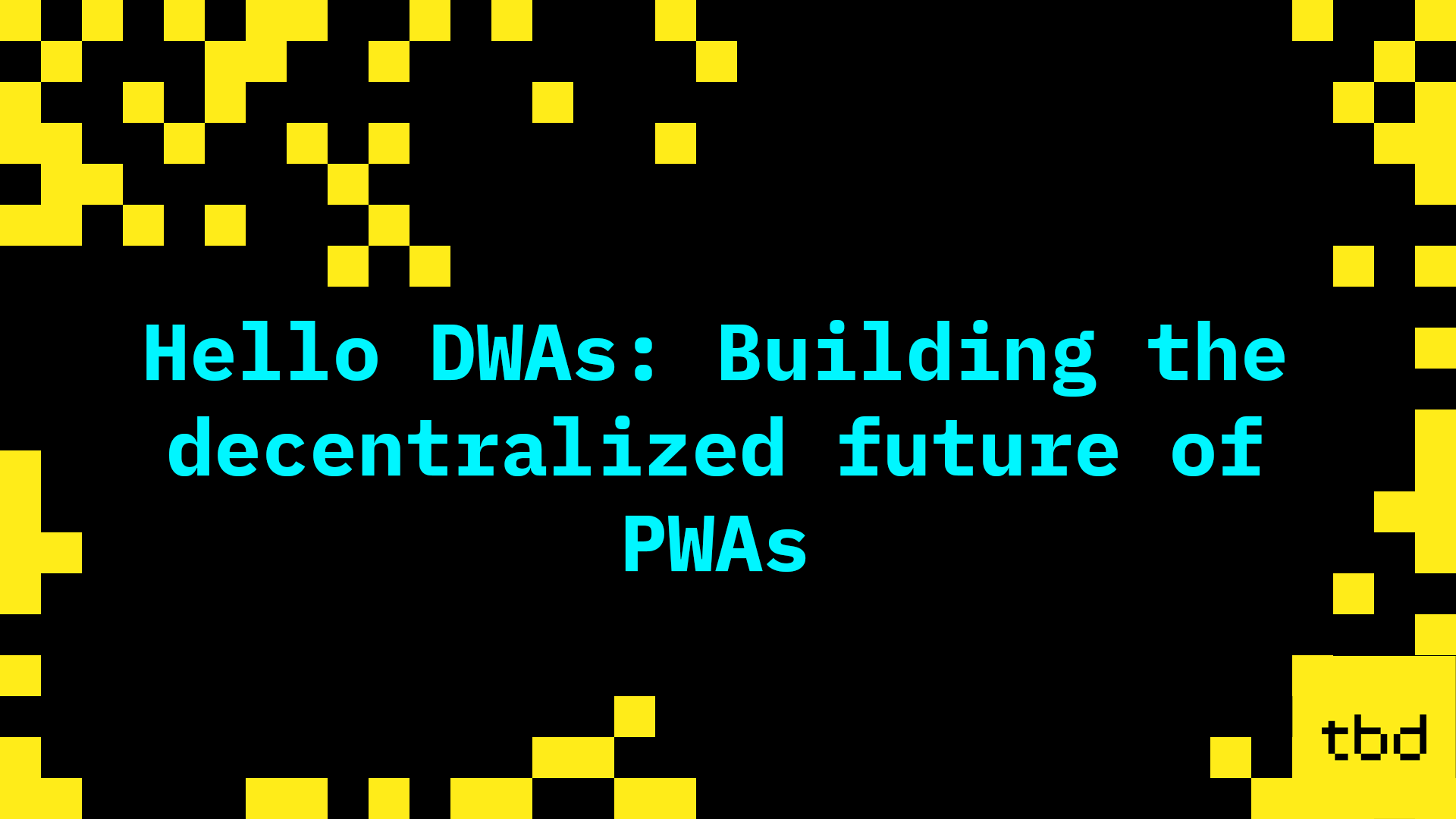
Whether or not you know the term, you know the experience of using a Progressive Web App (PWA): it’s the slick experience that enables you to install a web experience to your native device and enjoy the speed of use of a website with the tight system integration of a native app. They allow for experiences like recreating Starbucks’ native app in web, or for creating a highly 2G-optmized experience like what Uber created for some of their customers. PWAs take advantage of native features such as on-device storage, push notifications, and even windowing without requiring the overhead of a native app and the ability to install them without going through an app store.
In the same way that HTML5 and PWAs changed the way users expected to consume their apps through the minor addition of manifest, an even larger shift has arrived in the form of Decentralized Web Apps (DWAs), which combine PWAs with Web5. While PWAs redefined the relationship between the client and server by enabling richer on-device experiences through native integrations, DWAs are going to completely redefine data storage for apps resulting in a seismic shift in user privacy, ease-of-use, and data portability.